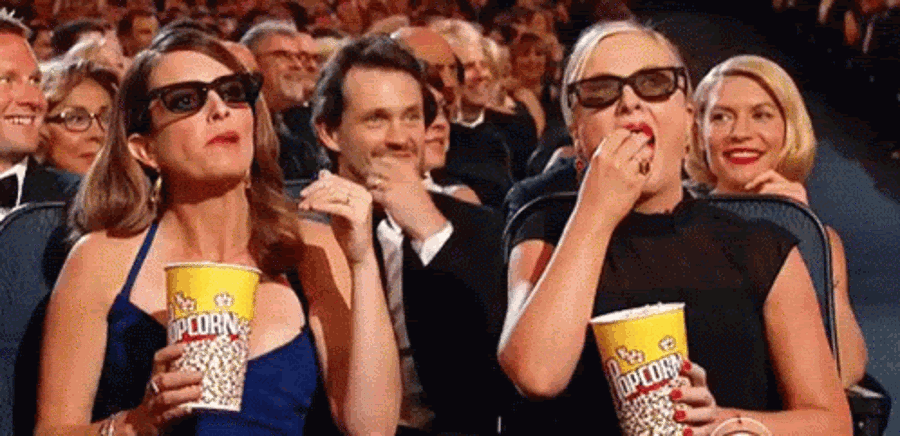
Mas Oyama: Street Fighter Ryu
EntertainmentRyu: A Study on Design and Inspiration
This article is centered around a article originally posted on arttronik.wordpress.com on January 21, 2012, a now defunct website. The subject matter seems worth saving as it relates to Mas Oyama’s legacy and the history of Kyokushin and Karate in popular culture.
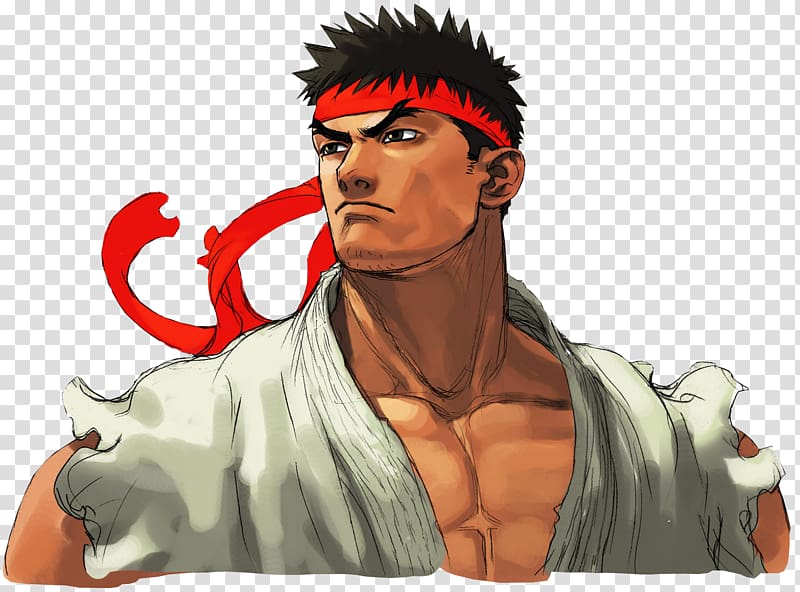
The first Street Fighter game in the series was released in 1987, during the height of Martial arts media enthusiasm. The timing was perfect, we had Chuck Norris, Bruce Lee (posthumously), Mas Oyama, and many others. Martial Arts movies were the rage from Revenge of the Ninja to The Karate Kid, everyone was busting a move!
This article commemorates the 2022, 35th anniversary of Street Fighter.
In the ‘90’s, one of Capcom’s crowned achievements in arcade fighting was the game known as Street Fighter II. Countless arcade go-ers and SNES/Genesis owners competed head to head for fun and competition in this impressive game. The intricate amount of detailed styles of gameplay in Street Fighter II certainly led to hours of fun and close calls-and all of the fun gameplay was further enhanced by impressive stage visuals, catchy music and sharp character designs.
Of the designs, Ryu, the main character; is one of the most notable designs in all of video gaming. I’d probably say that despite age, nationality or even understanding of Street Fighter-many people have seen Ryu or have at least heard of him. His design is well thought-out and inspired a generation of various other designs based on his appeal, moveset, and character. His design shines for many reasons, but the one that resonates most with me would be its “intricate simplicity.”
Strange oxymoron there, I know. But in its own way-it makes sense. Rather trying to explain it myself, I think a very reputable source places my sentiments best.
“Ryu is a guy with black hair wearing a red “hachimaki” (headband) and a white karate gi with tattered sleeves. And Ken is a guy with long blonde hair paired with a bright red gi. That’s who they are. From my point of view, they are complete and perfect as they are. I couldn’t imagine adding something to this sublime blend of characteristics. On the surface, they may seem simple…lacking in distinguishing characteristics, but isn’t this simplicity — characters boiled down to their bare essence — the very thing that lends them their uniqueness? I could only hope that I’d manage to design such simple perfection in my career.”
– Daigo Ikeno
Daigo Ikeno is the amazing character designer and artist who’s worked at Capcom since the 90’s. He has amazing work, and the quoted text above is from his interview during the development of Street Fighter 4. Frankly, I think he hit the nail on the head!
Here is a good place to discuss some of the intricacies of Ryu’s character and lend some insight into what I found to be the characters’ inspiration and reference. All of this is based on a combination of my own research and some other sources on the web-which I’ve credited. If you happen to notice something that I didn’t note, please let me know in the comments section! I’d enjoy having discussions with everyone.
I’m going to discuss Ryu’s design in two main topics:
- Inspiration and reference for Ryu’s design
- Inspiration and reference for Ryu’s attacks, and animations.
So, lets step back for a moment. I started this whole post telling you that Street Fighter II was great. But…..
…there was a game before it! Haha, yes, I’m talking about Street Fighter! (Or Fighting Street, for some purists.) The original Street Fighter is the actual first appearance of Ryu. I like to think that a majority of his design was established here, and only further enhanced in Street Fighter II. We’ll get to those points in a moment.
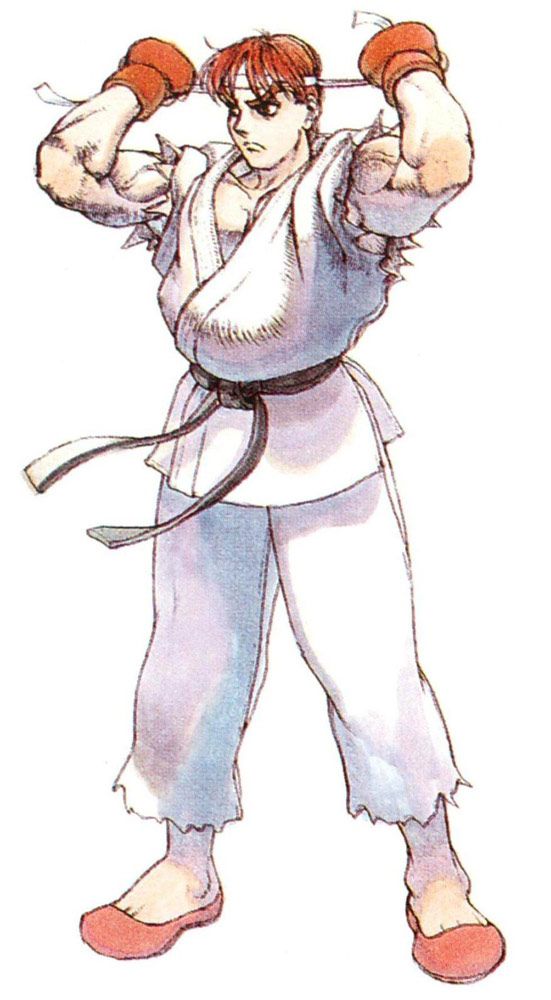
So this is how Ryu appeared in his character illustration in Street Fighter. Art by CRMK.
Here is how Ryu appeared in game, and on the art of the arcade cabinet:
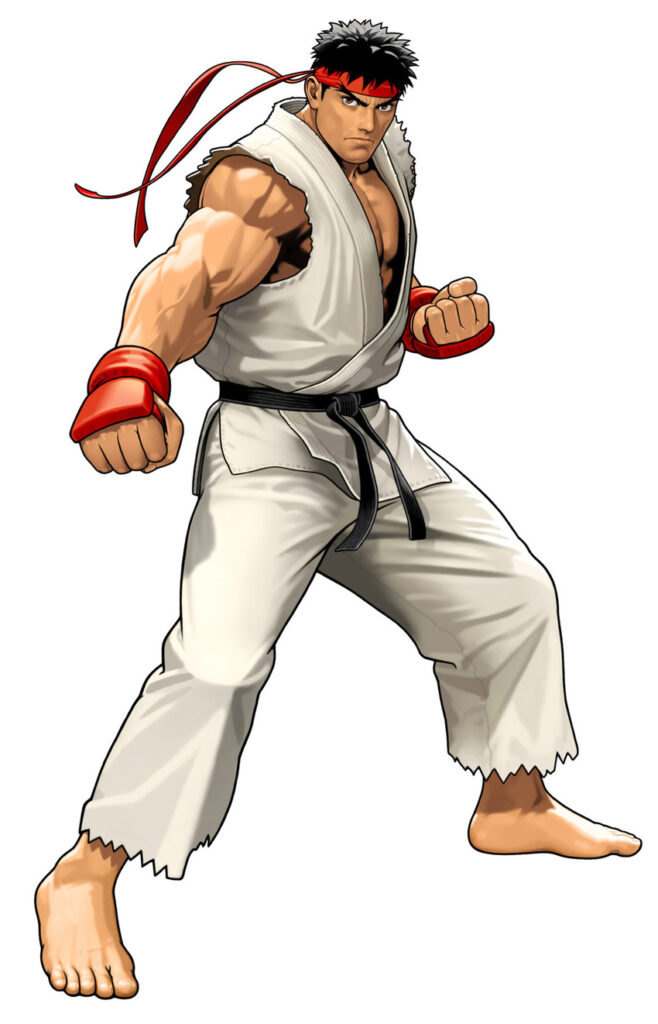
Akiman is the genius designer who created Ryu, and most of the cast of the entire Street Fighter franchise. Akiman is practically the nucleus of what held together the Capcom Design Team. CRMK/Bengus, Kinu Nishimura, Edayan, and Ikeno, all pretty much worked from the precedent set by Akiman (and later, CRMK). He is really truly at a level that is beyond most character designers-to this day. His work is often seen in animation and games currently. So, when Akiman designed Ryu I think he had a chain of thoughts, a few identified here. One of the most notable Karateka of this century, Masatasu Oyama, founded Kyokushinkai karate. This style has emphasis on hard hitting strikes, and practicality. Mas Oyama fully believed that one was to immerse themselves in the art, and had to become one with the fist. This oneness was seen as “ultimate truth” and required devotion.
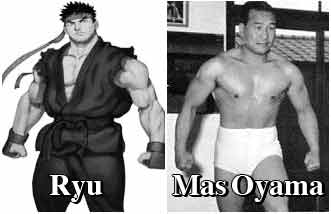
(The image above was most likely the inspiration for Ikeno’s drawing of Evil Ryu.)
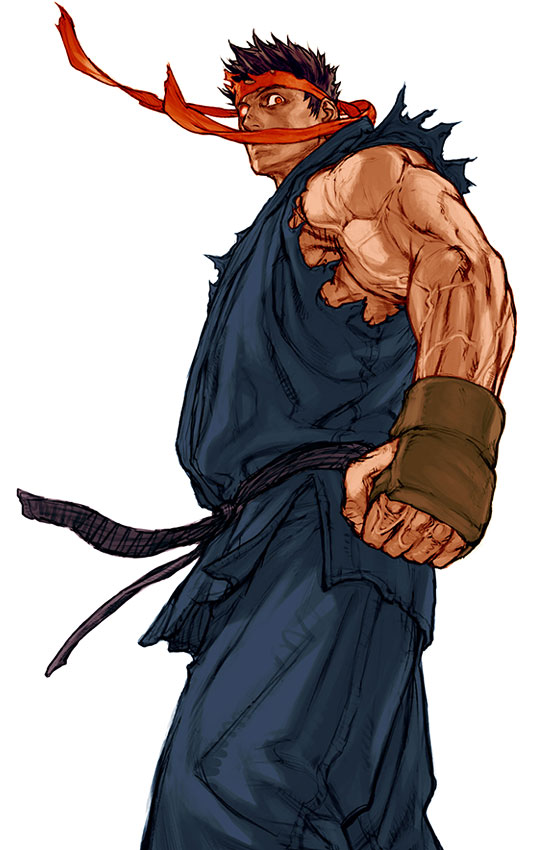
Well, just how devoted was Oyama?
VERY devoted.
Mas Oyama was known to take his “yamagomori” or, solitary training retreats. During these, he’d train alone in the mountains, perfecting his art and becoming closer to his “truth”. During these ascetic retreats, he was focused, regimented and becoming one with his body via his training. This intense training in many martial arts has been noted to develop spiritual connections. A note I find interesting is that Oyama was said to have read Musashi’s “Book of Five Rings” as his sole reading during one of his training retreats.
Aside: A fun parallel between Musashi and Ryu can be seen in Takehiko Inoue’s amazing biographical-fiction manga, Vagabond and the Street Fighter mangas: Street Fighter Zero and Ryu Final by Masahiko Nakahira. Each contain a wanderer gaining strength through battle and battling a darker inner violence. This violence is only tamed through reaching enlightenment via mastering their respective arts.
Not only did Oyama dedicate himself to training alone, he opened his own dojo in 1953. He taught in Japan, and also decided to expand his art and demonstrated his karate around the world. Oyama didn’t only train against other martial artists – Mas Oyama was also known to fight bulls!
Yes. BULLS. Mas Oyama is credited for fighting and defeating bulls as his training. Talk about devotion and training!
So, its fair to say that a bit of Ryu’s personality is derived but Oyama. This however, is only the tip of the iceberg.
Oyama’s students, also are key points to Ryu’s character. Sonny Chiba was a student of Mas Oyama AND starred as Mas Oyama in his film “The Karate Bullfighter” or “The Champion of Death”, depending on the nation in which the film was released. In the poster of this film you see Chiba (as Oyama) fighting bulls! This film was also inspired by a comic written by legendary writer Kajiwara Ikki, titled “Karate Baka Ichidai” (A Karate Crazy Life!) Of note, Chiba ALSO starred in a film titled “The Street Fighter”. Let’s pause from talking about Mas Oyama’s students for just a moment.
The comic I just mentioned, “Karate Baka Ichidai” is a subject worth delving into. This book was written with a heavy emphasis on Mas Oyama’s life and points out lots of great things about Oyama in a entertaining way. As the book is hard to find in print and scanned online, I can link you to a short video of the opening. Take a look at this:
Pretty awesome, I’d say! So, in that opening we kinda get a glimpse into the feel of the comic and what Mas Oyama stood for. Take a look at his expressions and strikes! I can certainly see Akiman finding this mood to be fitting of a main character! Also, I think a few subtle things here may have had led to a spark of a design idea. Check out this image I created below. I think it’ll all become clearer!
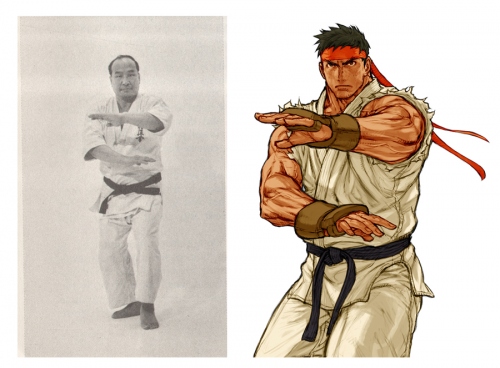
Take a look at that hair, the furrowed and thick brow-and open and steady expression! I really think that this was the birth of Ryu. It’s also possible that the intro influenced some game ideas as well. The breaking of stone in the intro was similar to a bonus game in Street Fighter. (And its a bit of a stretch, but perhaps kicking the wine bottle led to the idea of the wine cellar barrel breaking bonus stage in SF2…? Haha, or not.)
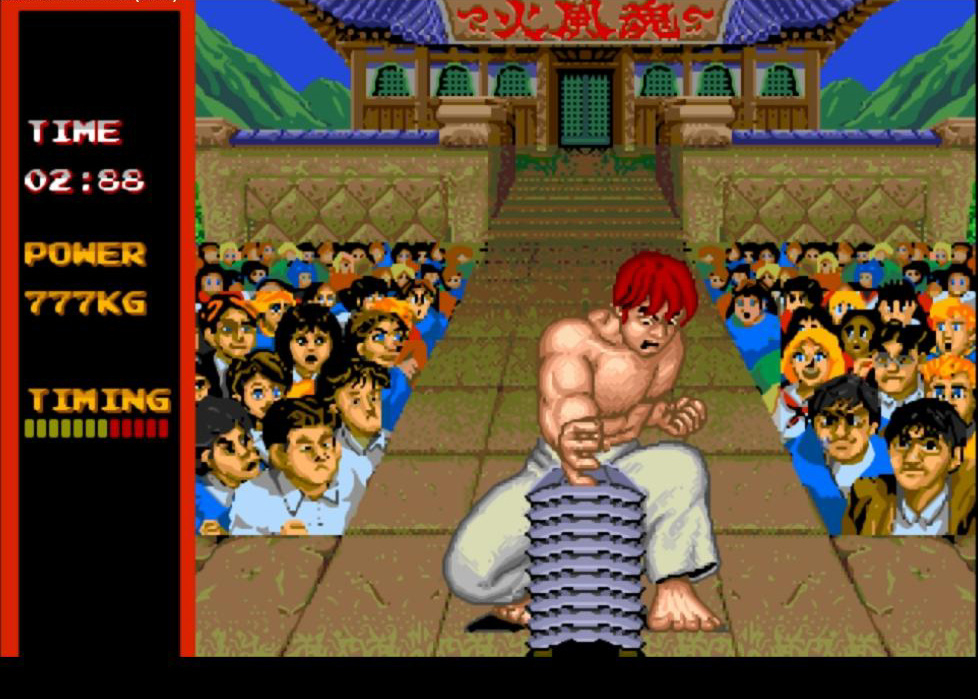
Let’s discuss “Karate Baka Ichidai” and Oyama a little more. In “Karate Baka Ichidai”, Mas Oyama fought many fighters – notably a boxer with straightforward and fast strikes (Similar to “Mike” in SF and “M. Bison” in SF2.) and also challenged Muay Thai fighters. This is rooted in fact. Oyama was said to have fought and also sent students to fight Muay Thai practitioners in real life. Starting to sound like Street Fighter? It gets better! I read this bit of info online and it was too good to NOT share. It strongly coincides with my own ideas and research. Apparently, in the “Karate Baka Ichidai” comic, the main character fights Reiba ,the strongest of the Muay Thai fighters. Sound like Ryu? Certainly. But the truly uncanny part is Reiba himself. Take a look at his design.
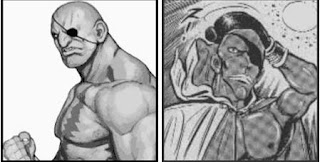
It seems that Akiman also thought about his boss design from this same comic! Reiba is most likely the inspiration for Sagat, the “Emperor of Muay Thai.” This is fitting as Sagat is the (exceptionally difficult- i.e., broken) boss of Street Fighter.
So, lets head back to the discussion about the students of Mas Oyama. We already discussed Sonny Chiba. But two others are very striking-and one certainly led to more character ideas for Ryu. Mas Oyama had two prominent students who fought Muay Thai practitioners.
Yoshiji Soeno was a great student under Oyama. Soeno was appointed to fight alongside Yamazaki in the kickboxing competitions against the Muay Thai fighters. He later establishes his own style based off of Kyokushin, called Shidokan. Furthermore, he loses to Yamazaki in one of their kickboxing tournaments. Something of note is that Soeno fought the Muay Thai practitioners with the stats of 5’8” ½ and 150lbs. This nearly the same weight as Ryu in SF2. Ryu, is 5’9” and the same weight.
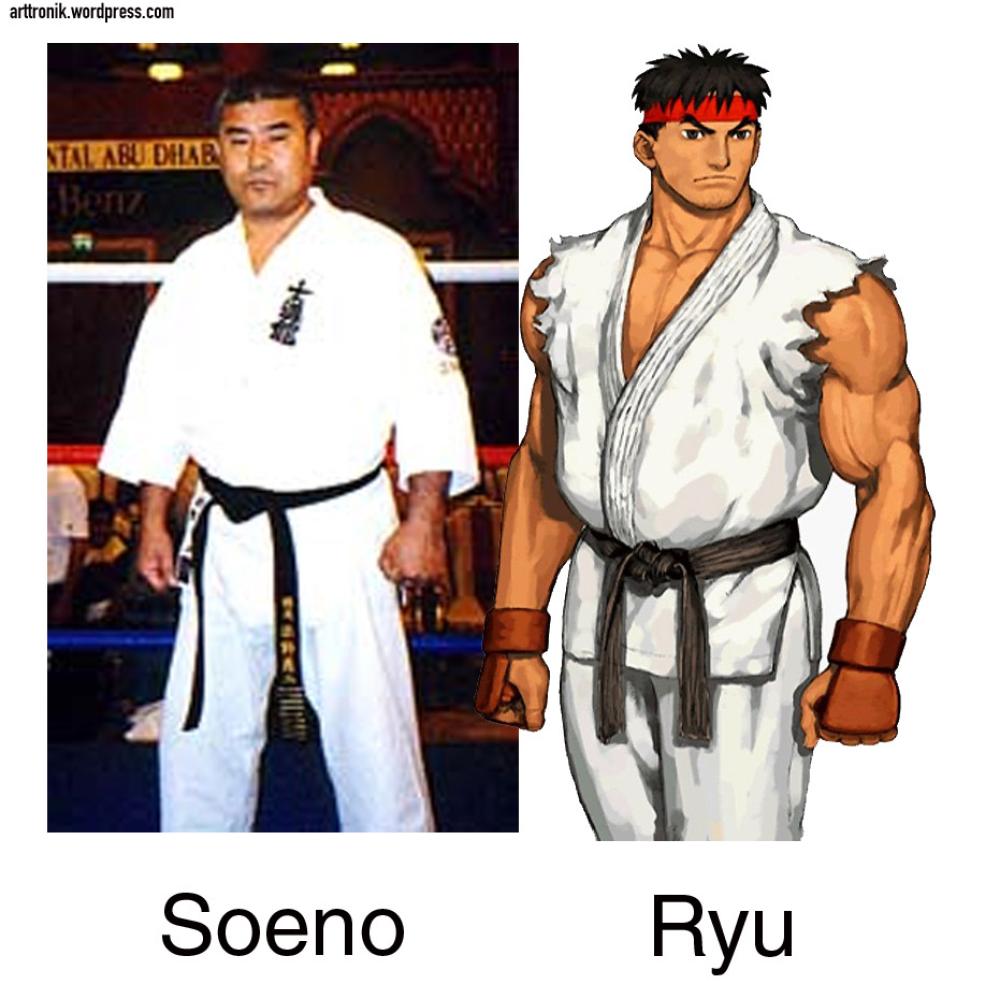
Check out that stance and build. Visually, Ryu shares much in common with Soeno.
Terutomo Yamazaki was the other (perhaps most notable) student. Known as a genius of Karate, he defeated the Muay Thai fighters and also adapted their strikes to enhance his karate. While researching him, I found that instructor Shigeru stated that people were impressed with his talent and force. He was truly powerful and impressive. Light and fast and attacked with destructive power. It was also stated that he was a fan favorite and “is a stronger and better-looking man than Bruce Lee”. Also of note, Yamazaki was liked by Oyama for his frank honesty and blunt statements. It seems, he likes to speak the truth and certainly did so. Yamazaki was also known as a brilliant teacher and his students often said that “Yamazaki has a technique which means defense is offense.” I’d take this to mean that his best defense was a relentless offense. This sounds like someone else I’ve heard of in street fighter. An honest and frank, brilliant teacher of Mas Oyama’s style, whom attacked with light and fast destructive power-in which defense means offense…AND attractive, at that?
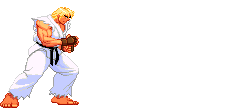
Yamazaki’s personality was perhaps the impetus of Ken, a fellow student under the same teacher as Ryu. I wouldn’t confirm this as “the basis of Ken” though I’d say that it is possible that it played a part in the design process. I’m sure Ken was designed visually to contrast to Ryu. But, the character’s personality is pretty similar to Yamazaki. Another fun note was that, in the first Street Fighter, Ken was the 2p Ryu. Also, considering Yamazaki adopted Muay Thai into his Karate, it may explain why Ken’s grab animation is reminiscent of a clench, performed by many Muay Thai fighters!
Tie all of this together: Oyama, Soeno, Karate Baka Ichidai…..and you pretty much get a general idea of where the idea of Ryu is coming from! Let’s discuss a few other other elements involved in his design: The Nio statues are large statues usually seen at entrances of some Buddhist temples in Japan (as well as China and Korea). The Nio are guardians of Buddha whom used force to protect the values highlighted in the Mahayana. The Mahayana is one of the two large sects of Buddhism that believed that people reached enlightenment through the Bodhisattva or “great vehicle” of openness and truth. Of the statues Agyo is seen making the “ah” sound-showing an open mouth. Ungyo has his mouth shut tightly and is making the “un” or “hum” sound.
This is most likely another reference point for Ryu and Gouki. Ryu opens his mouth during win poses and attacks, where as Gouki is silent, he grunts and speaks few words. These two are opposite forms of the same art , and are sort of the beginning and end-in parallel. This is seen in the CRMK character art of Gouki-his pose is more reminiscent of the Nio statues. This certainly affected his unique stance in the SF Zero/Alpha games as well.
The Nio statues are seen in many street fighter stages, namely the stage of Gouki in Capcom Vs. SNK, and Geese stage, and more recently in the temple stages in Street Fighter 4. The Nio also inspired attack names and slight design cues for the character, Oro.
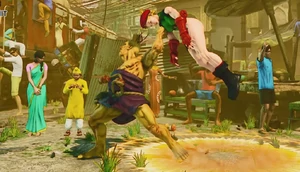
Sorry it is tough to find legit images of those stages…especially Gouki’s! Another point in Ryu’s design would be the color. Color design is imperative in games, and Akiman and his team really had to nail the correct colors for the game. Ryu, wears a white gi which follows tradition. The darker belt and hair adds contrast, and the red headband adds emphasis. Also, its inferred that Ryu is indeed, at the black-belt level. Like Ryu’s design, the magic is in its well-thought-out simplicity. Its a great palette. It emphasizes his heritage as well he wears the colors in the Japanese flag. The Street Fighter cast is composed of lots of this. Each character is designed with notable color in mind. Designer Ashley Browning, created a piece# that will demonstrate this with ease. Take a look at this:
Pretty awesome, right?
Though its just a few blocks of color-anyone familiar with Street Fighter can identify those characters! This is the power of the color design on Akiman’s work. So, after Street Fighter, Ryu has appeared in each subsequent Street Fighter. When Street Fighter gained its sequel, Street Fighter II (and its various iterations) Ryu went through a design overhaul. Designers Akiman and Kinu Nishimura were responsible for creating a more definitive image of what we know as Ryu.
We see here that Ryu’s hair was now defined. A shorter cut from Street Fighter’s iteration, also the placement and direction of his bangs and hair pattern are designed. The most interesting change was the loss of the shoes, and the tattered edges on his gi. These tattered edges show a rugged quality fitting for the world of Street Fighter II. I find it easier to believe that Ryu was a wandering fighter seeking enlightenment via perfection of his martial art when he looks like this. The torn edges are a great contrast to his sparring partner, fellow student, and best friend: Ken. Ken has gi edges that are intact. This also suits Ken’s lifestyle. As a world champion and wealthy action star, Ken would most likely have more tailored clothes as Ryu would not. Also, Ryu exposes more of chest with a more open gi, and ken has a higher more formal gi opening-showing less of his chest. The design also creates the basis of the face that is most recognizable as Ryu, while keeping some qualities with the original reference of Karate Baka Ichidai. It is certainly obvious that Ryu has really come into his own character here.
Ryu’s design from Street Fighter II was used to create his presence in the alpha/zero games. In Street Fighter Zero, Ryu resembles and is built like CRMK’s design from the first Street Fighter-with the new design cues from Street Fighter 2. Very young, fresh faced, yet still very tough and capable. Each image of Ryu in the Zero games oozed a solemn confidence.
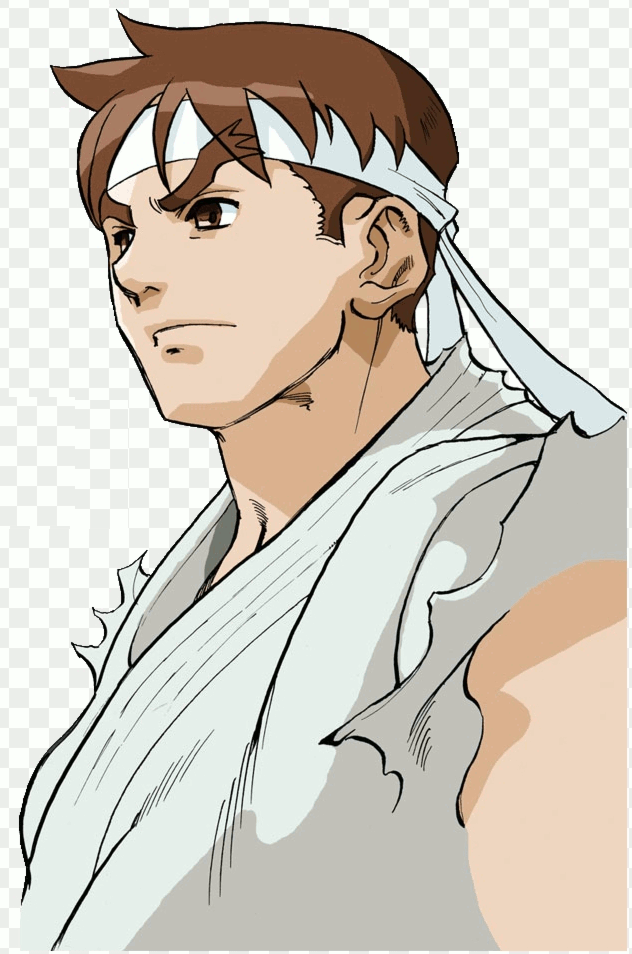
Street Fighter III really started to making strides in design. While the basis of Ryu from Street Fighter II stayed. Some enhancements were made to his design. Ryu bulks up a little, with muscles like his triceps, for example-growing larger. This is a smart design choice as the punching power of arm thrusts relies on strong triceps.
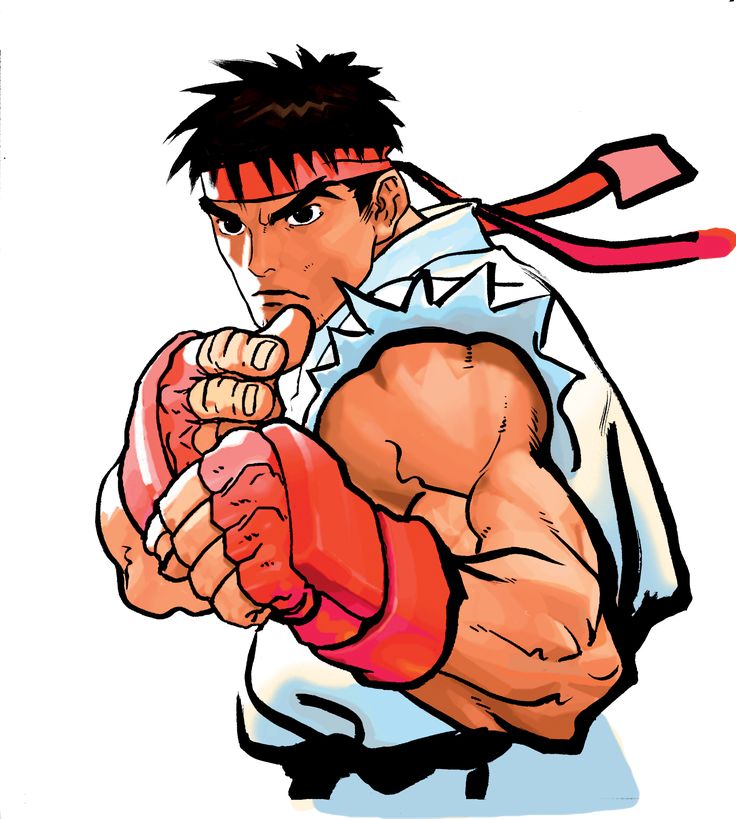
Of course research went into designing his strikes and making them more intelligent as well. (We’ll get to that in a bit as well.)

Since Ryu is older here, it shows. He looks the most hardened and powerful here, and he also maintains his calm demeanor. Its almost as if Ryu is “complete” in mastering his art. A crowning achievement of the Street Fighter III games is that they were created on the CPS3 board. The games created on this arcade board were vastly superior in animation quality to many games created during the same time (and today even!) and looked flawless! When Ryu animated in any of the Street Fighter III games, it has a great impact to it! Every important fundamental rule of animation is seen in his movements. There is a great deal of stretch, squash, snap and speed in each of the animations. Its really a marvel. During the Street Fighter III era, Ryu’s gi seemed to be a bit looser, which also really created some amazing animation as well. I really love the way Ryu looks in the Street Fighter III games-this iteration really defines what I think to be the pinnacle of Ryu’s design.
In the most recent iteration of Street Fighter, Street Fighter IV; designer Daigo Ikeno (from Street Fighter III: Third Strike, as well) created a Ryu with a few new design twists. What we get for Ryu’s design-is solid work, I’d expect nothing less from Ikeno. Lets take a look:
The definition of Ryu’s face is a new element here. His face is chiseled and rugged, thicker, and more muscular. He looks very fiercely with stern eyes. Less friendly from the Street Fighter III Ryu, but no less calm and capable. We also see a shortening of the hair length. Like the Karate Baka Ichidai character, the lower lip is very full and the chin is prominent, leaving a heavy indentation under the lip. We also get a better picture of his bone structure. Ikeno notes that his goal was to emphasize the shape of Ryu’s face. Ikeno’s Ryu maintains his classic appeal with a few different touches. I think the concept art shows a cool caricature or a fairly modern fighter-with the design cues from the original inception. Its fun!
Ryu, when viewed full body also has some changes in his physique. Ryu’s shoulders are broader, the arms more muscular, packed with bulk. His legs are also much more muscular. My favorite thing to note from this design is how prominent his hands and feet are. They are large, but not unbelievable for the design. They are his primary weapons, I’m sure the choice was to emphasize them. Also, Ikeno had been doing this in other illustrations, but its cool to note that he started giving Ryu’s glove a logo. (He later adds kanji on his belt as well.) Ikeno states that Ryu did become excessively muscular in this design, but ultimately, it was the best design decision for the time of Street Fighter 4. These designs nod back to the designs of Street Fighter II, which was a goal in the game’s design and development in many areas. As amazing as the Street Fighter IV concepts for Ryu are, I feel that the Street Fighter III Ryu is the most refined. Not to say that the changes made in Street Fighter IV’s concept art (i.e musculature and faces) aren’t impressive (as they are) but in no way do these changes make Street Fighter IV visually more sophisticated than the designs of Street Fighter III’s Ryu; despite popular modern opinions.
I really could go on about Ikeno and the Capcom Design team’s work at length, but maybe I’ll save that for another post. Haha.
Lets take a look at Ryu’s strikes. We now know that Ryu has a design basis in Mas Oyama and his student Soeno and as such, he fights like both of them. The dominant focus on Ryu’s method of attack is rooted in Oyama’s strikes. We also have strikes that are impossible for a human being to perform, and the inspiration for those would be nothing other popular comics and animation! Fun, cool, dynamic and they leave a lasting impact! Lets take a look at some of these!
For reference, I’ll be using mostly SF3 sprites. As I said earlier-they really are the best of the best.
Ryu’s primary mode of attack, and normals are derivatives of Oyama’s Kyokushin karate. Of note, his block is precisely what Oyama drafted in his own texts.

Hadoken and Shoryuken are most likely nods to Dragonball, which I’m sure Akiman and CRMK loved. (Note: The actual “shoryuken” appeared after Street Fighter, in Dragonball Z; however a similar technique was used in Dragonball, which pre-dates Street Fighter! Thanks Henry, for the discussion!)
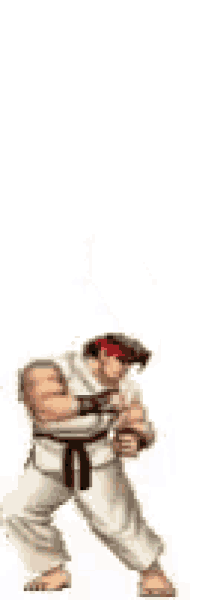
In SF3, Ryu gained a new technique, which I found to be impressive. It was called his “Joudan Sokutou Geri.” This loosely translates to something meaning “immediate step [forward] kick.” I was looking through Oyama’s text and the technique is very similar to “Ushiro Geri.” I’ve scanned a portion of it for comparison.
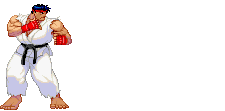
Also, Kinu Nishimura, referenced Oyama’s text in her illustration for Ryu’s character art in Capcom Vs SNK 2. This is Oyama’s “double layer- two hand technique.”

I found those to be particularly interesting. This reference supports the facts, and further makes Ryu’s character that much more impressive!
There you have it! An overview of Ryu’s character design! Its really a remarkable and untouchable design, and this post doesn’t delve into everything enough-but its certainly a start!
Thanks for reading and leave a comment!
This site uses Akismet to reduce spam. Learn how your comment data is processed.
| M | T | W | T | F | S | S |
|---|---|---|---|---|---|---|
| 1 | 2 | 3 | 4 | 5 | 6 | 7 |
| 8 | 9 | 10 | 11 | 12 | 13 | 14 |
| 15 | 16 | 17 | 18 | 19 | 20 | 21 |
| 22 | 23 | 24 | 25 | 26 | 27 | 28 |
| 29 | 30 | 31 | ||||
Awareness (52) Beliefs (22) Celebrity (38) Christmas (10) Confidence (13) critical thought (18) Diet (17) Entertainment (28) Exercise (16) Failure (13) Fitness (46) Freedom (21) Fun (50) Funny (41) Gun Control (16) Guns (20) Health (26) History (31) Holiday (49) Jokes (12) Karate (38) Kyokushin (28) Liberty (18) Mas Oyama (27) Meditation (21) News (66) Patriotic (17) Perspective (82) Politics (19) Questions (13) Quotes (39) Recruitment (13) Religion (24) Self-Control (11) Self-Defense (48) Site News (10) Sparring (19) State of Mind (29) Style (17) Success (18) Technique (28) Training (111) Video (49) Weapons (13) Zen (26)

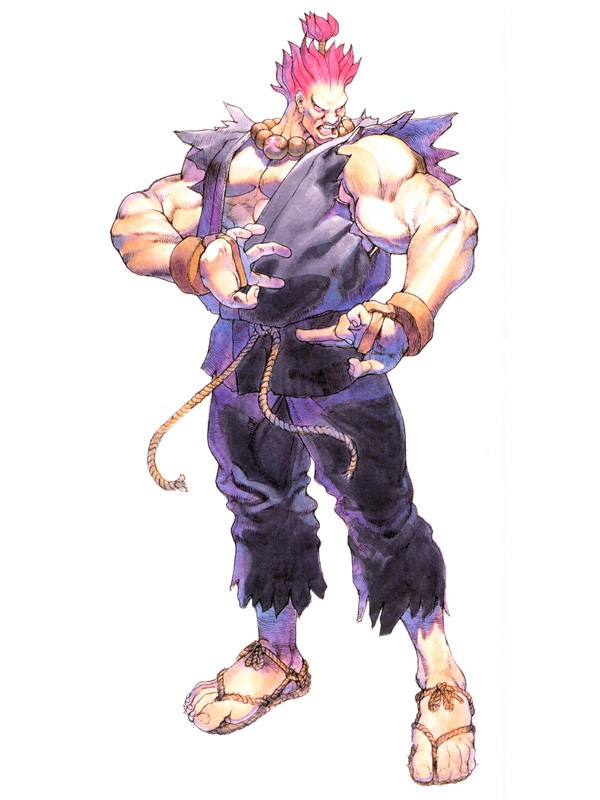
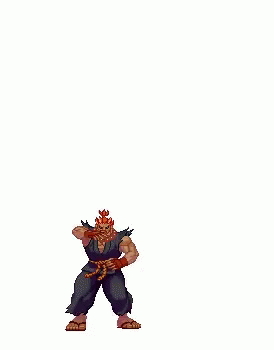
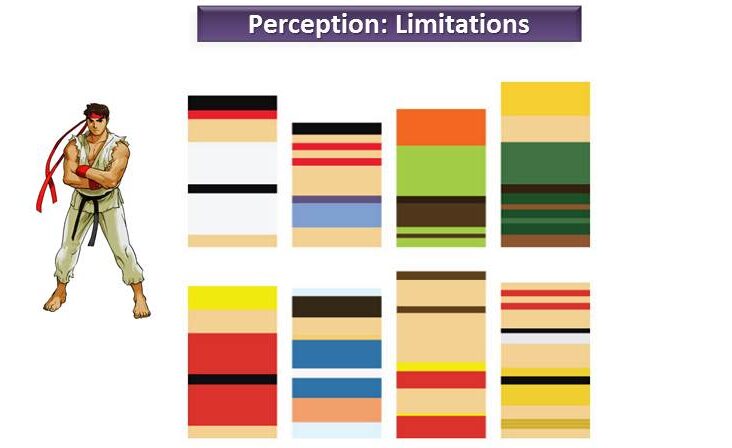
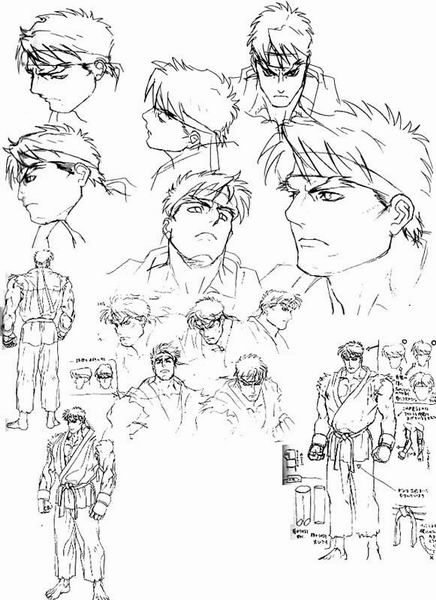
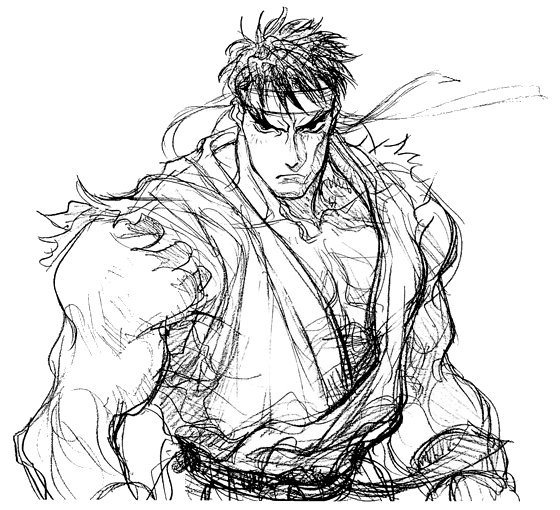
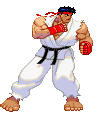
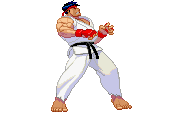
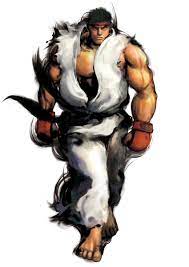
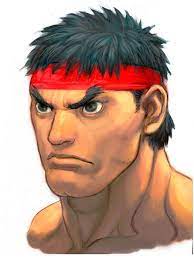
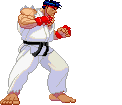

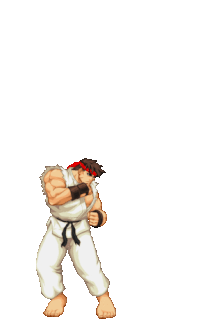
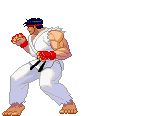
Leave a Reply